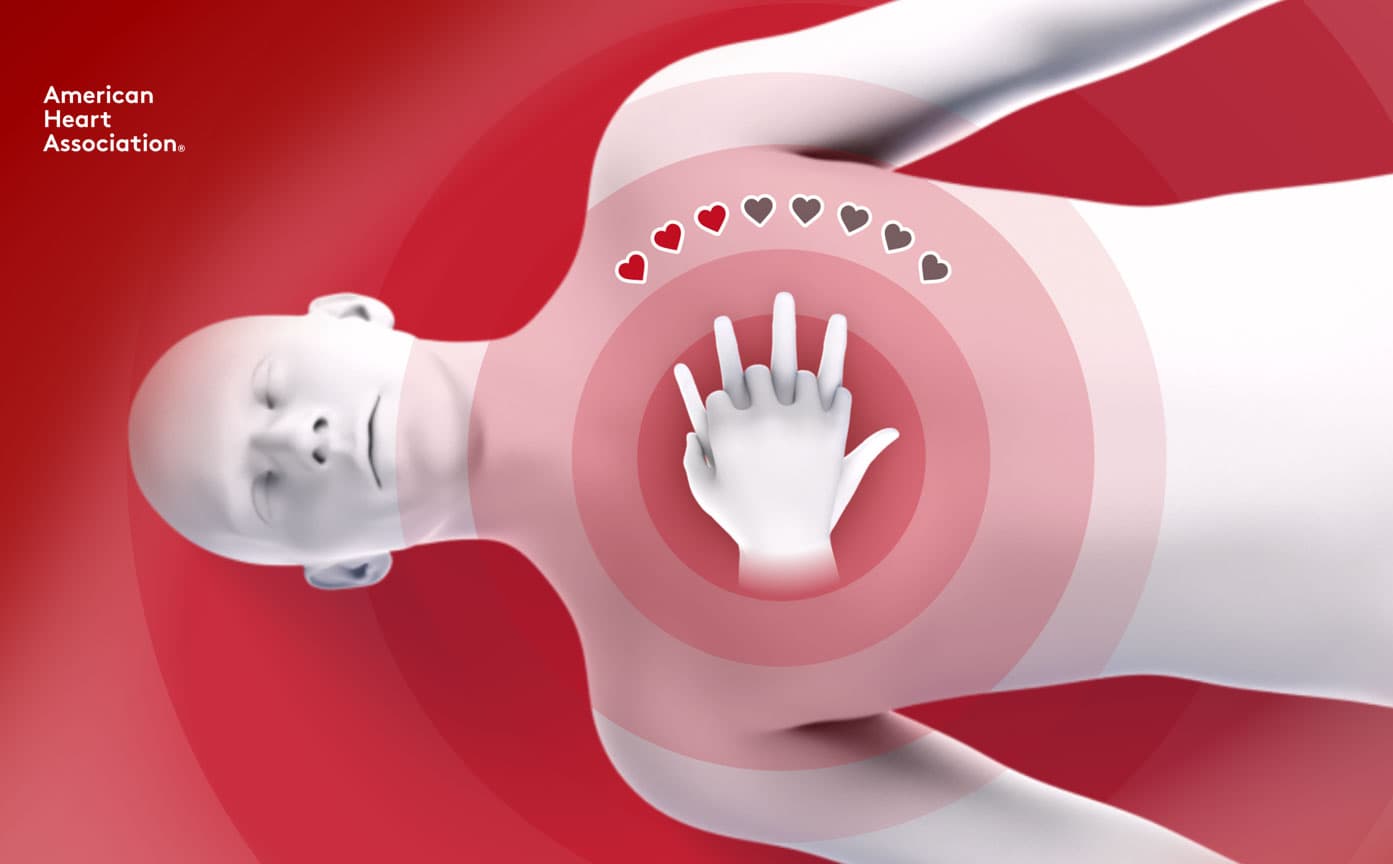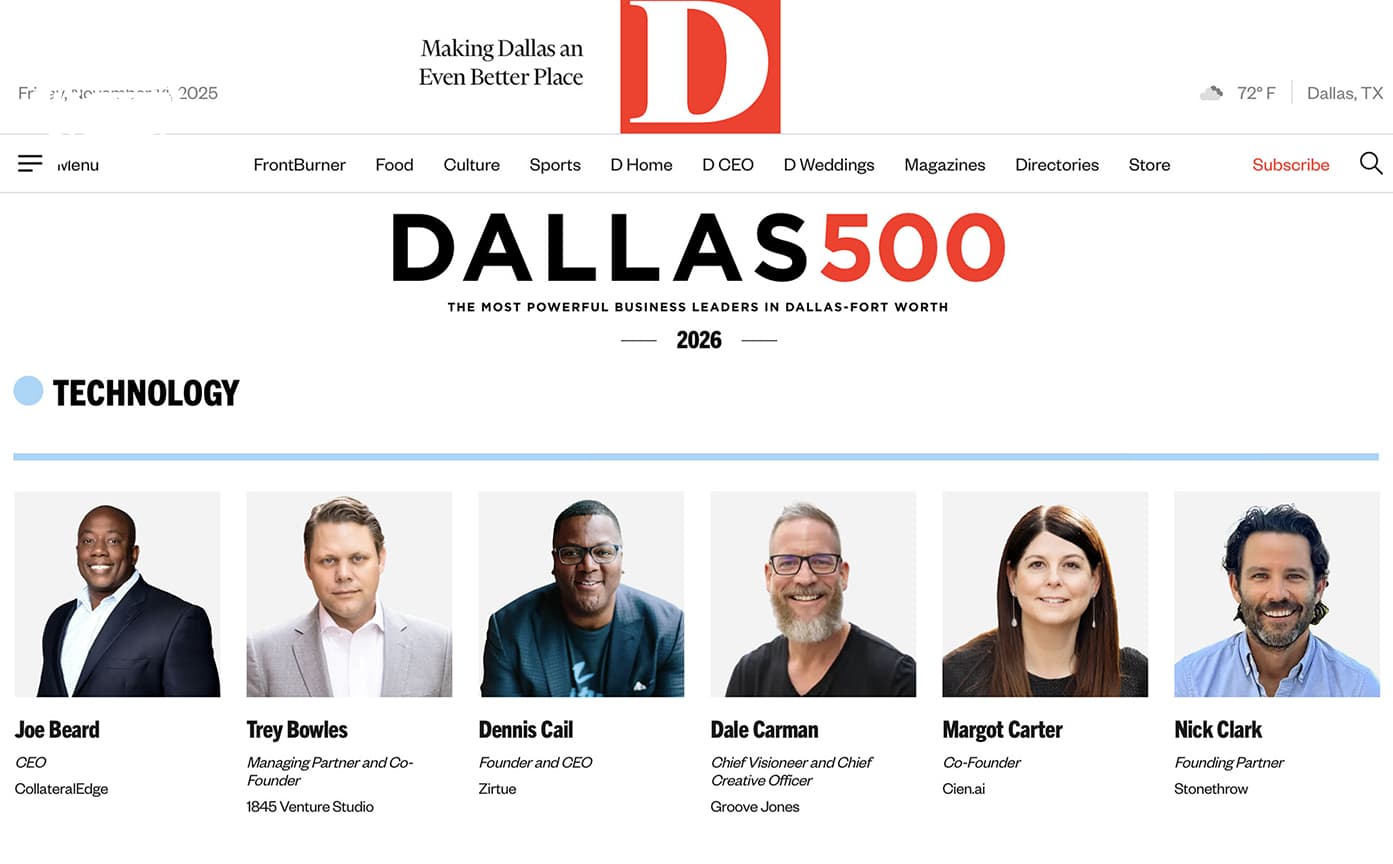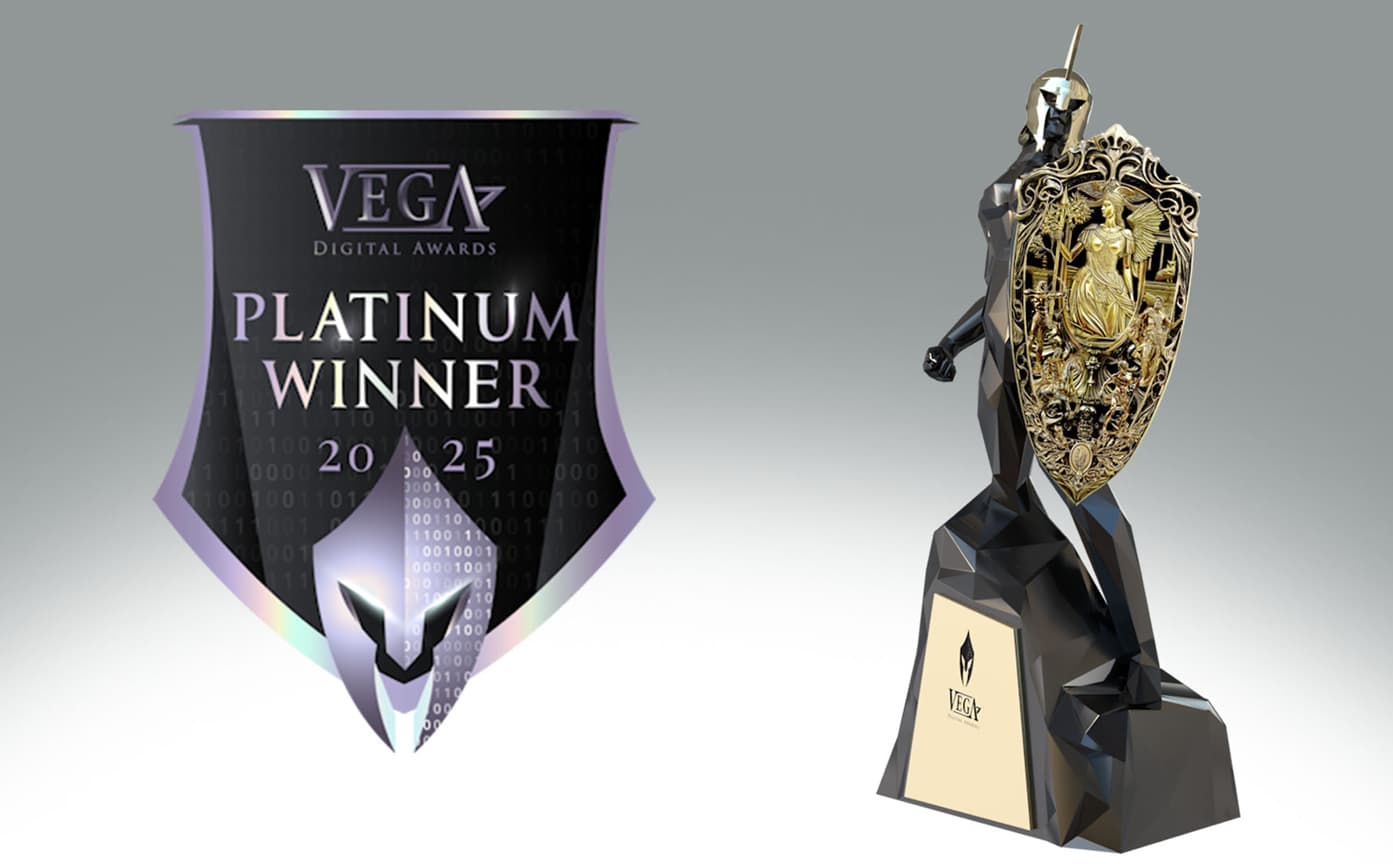
Groove Jones worked with the American Heart Association (AHA) to develop a virtual reality (VR) application aimed at teaching teenagers and adults the lifesaving skill of Hands-Only CPR and the proper use of Automated External Defibrillators (AED).

Application Overview
Groove Jones created the VR application with two distinct modes – “Learn Mode” and “Practice Mode.” The “Learn Mode” helps teach the user the recommended steps for Hands-Only CPR and using AED devices. Once users have gone through the “Learn Mode,” they can enter the “Practice Mode,” where they are scored on their performance.

Users will be able to choose from three different environments (Gym, Library, and Courtyard) to enable users to learn and practice in different real life situations.

The Lobby – the hub for advancing to various locations in the experience.

The gym is an immersive environment for learning and practicing.

The Courtyard takes the user outside.

The Library is another indoor environment that the user can select from.

Learn Mode – Immersive Step-By-Step Hand-Only CPR
- Visual Modal Prompts guide users through safety checks and patient assessment.
- Users are prompted to call 911, and a digital phone appears to be used for interaction.
- Hands-Only CPR steps are explained, accompanied by visual cues and music.
- Users can practice chest compressions to the beat of selected music tracks, which provide 100-120 bpm.
- A digital Head Up Display (HUD) guides correct hand placement and compression rhythm.
- The “Learn Mode” concludes with a step-by-step overview of how to use an AED device.
Practice Mode – Let’s Test Your Knowledge
The “Practice Mode” is an immersive tool designed to teach Hands-Only CPR through interactive checkpoints, evaluating users on their ability to perform under pressure.

It begins with safety assessments, requiring participants to check the environment and the person in distress. As users progress, they are tested on calling for help, performing CPR, and using an AED with immediate pass/fail feedback.

The program finished with a detailed performance breakdown, ensuring learners are prepared to act confidently in real-life emergencies. This concise and impactful training method aims to enhance lifesaving skills through practical application and immediate correction.

Design and Development of the Gamified VR Experience
Groove Jones visited the National Headquarters of the American Heart Association to work with the AHA team of CPR instructors and adult learning experts on translating the training steps into a VR experience. The collaboration started with learning the steps of Hands-Only CPR and continued through the design and development of user interface (UI) and interaction design. It was important to make it as life-like as possible. Including different patients added a human touch to the learning experience.

Hand tracking facilitated user interaction, ensuring an intuitive and realistic Hands-Only learning process which enables the important psychomotor practice of performing compressions.

Audio services, including editing, sound design, and music inclusion, contributed to the overall immersive quality of VR training.

Upon entering the virtual space, users are welcomed into an AHA lobby, the Hub for the experience. A virtual dashboard offers controls to switch between English and Spanish languages, select “Learn Mode” or “Practice Mode,” and turn a Closed Caption feature on and off.

In “Learn Mode,” participants can choose from various CPR manikins, each representing various skin tones. This was really important to AHA because people of color are underrepresented in CPR training materials.

The user is given step-by-step instructions once the “Learn Mode” begins.


A virtual phone materializes, guiding users through simulating a 911 call. This includes a detailed script on effective communication with the emergency operator.

The learning process moves forward as users learn Hands-Only CPR with the manikin and a digital display meter showing Compression Depth and Bets Per Minute. The experience utilizes hand tracking to guide the user with hand placement and position.

This display assists with feedback and information on how to perform Hands-Only CPR effectively.

After completing “Learn Mode,” users can move on to “Practice Mode” to test what they have learned. In the “Practice Mode,” the user progresses through a series of Check Points where they can pass or fail.
As they progress through, the user can see how they are performing.

An important aspect of this mode is a dynamic floating gauge. This tool is instrumental in maintaining the correct rhythm during Hands-Only CPR compressions, providing real-time feedback on compression depth, technique, and beats per minute. It is an interactive guide, ensuring users are learning CPR effectively.

After performing CPR, the user must now complete the AED task checklist.

At the end of the experience, the user is given a breakdown of their performance. Points are given based on passing or failing any of the steps. A perfect score is 100.

The training module uses a scoring and feedback system to evaluate users on Hands-Only CPR proficiency. Initially, participants are tested on environmental safety and victim assessment, with each task being a pass/fail checkpoint. Progression requires successfully completing actions like calling for help and performing CPR correctly.
Key Components Include
- Environmental and Victim Assessment: Pass/fail based on immediate surroundings check and victim responsiveness.
- Emergency Alertness: Pass/fail for correctly calling for help or 911 with speakerphone activation.
- Hands-Only CPR Performance: Detailed scoring on positioning, breathing check, correct hand placement, and compression effectiveness, including real-time feedback for technique adjustments. A CPR minigame and an AED quiz further assess CPR metrics and AED knowledge, respectively.

Scoring Breakdown
- Objectives: 5 points per task, failure due to time overrun.
- CPR Minigame: Scored out of 20, with scores 16+ rounded to 20.
- AED Quiz: Up to 30 points, 5 points per correct first-attempt answer.
After completion, users receive a comprehensive score summary reflecting their readiness to perform CPR and use an AED in emergencies. This feedback mechanism is designed to reinforce critical lifesaving skills.
To learn more about the American Heart Association and Hands-Only CPR, visit – https://www.heart.org/en/nation-of-lifesavers
Available on the Meta App Labs Store
Download the VR experience here on the Meta Store – https://www.meta.com/experiences/7017680038281740/
Award-Winning Production

AWE USA Auggie Awards
WINNER BEST VR
Category: Healthcare and Wellness Solutions

Communicator Award
EXCELLENCE
Category: General-Immersive Brand Experience

Summit Creative Award
GOLD
Category: Engagement/Experiential/VR

ADDY Awards – AAF Dallas
Silver
Category: Virtual Reality





